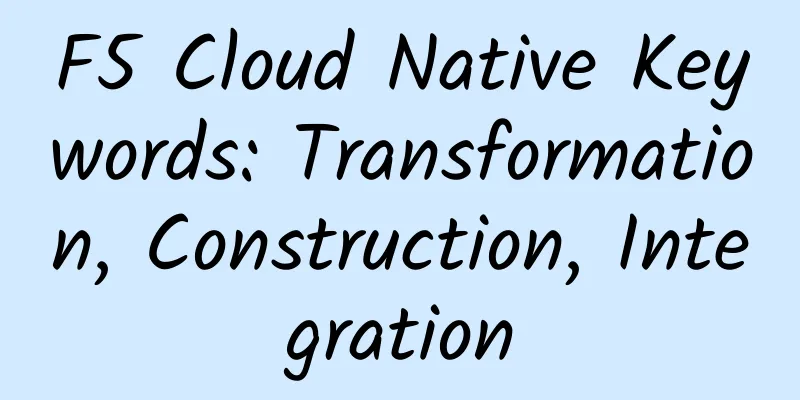Introduction and solution of TCP sticky packet and half packet (Part 1)
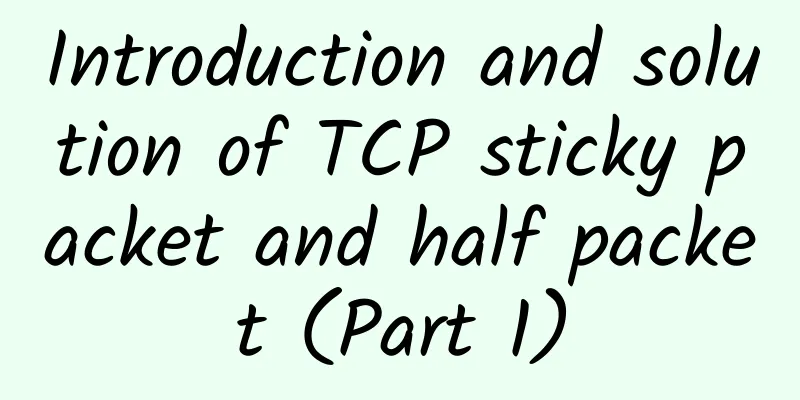
|
In network transmission, sticky packets and half packets are probably the most common problems. As the most commonly used NIO network framework in Java, Netty, how does it solve these problems? Let's take a look today.
definition In TCP transmission, when the client sends data, it actually writes the data into the TCP cache, and sticky packets and half packets are generated at this time. The client sends two messages ABC and DEF to the server. How many situations will the server receive? It is possible that all messages ABCDEF are received at once, or it is possible that three messages AB, CD, and EF are received. The above mentioned receiving all messages ABCDEF at one time is similar to packet sticking. If the size of the packet sent by the client is smaller than the TCP buffer capacity, and the TCP buffer can store multiple packets, then the client and server may transmit multiple packets in one communication. At this time, the server may read multiple packets from the TCP buffer at once. This phenomenon is called packet sticking. The latter case mentioned above, where three messages AB, CD, and EF are received, is similar to half a packet. If the size of the packet sent by the client is larger than the TCP buffer capacity, then the data packet will be divided into multiple packets and sent to the server through the Socket multiple times. The first data obtained by the server from the receiving buffer is actually part of the whole packet, and a half packet is generated at this time (a half packet does not mean that only half of the whole packet is received, but part of the whole packet is received). Cause In fact, from the above definition, we can roughly know the cause of the occurrence. The main reasons for sticky bags:
The main reasons for half pack:
In fact, we can look at the problem from another angle:
The root cause is actually TCP is a streaming protocol and messages have no boundaries. (PS: Although UDP can also transmit multiple packets at a time or transmit a packet multiple times, each message has a boundary, so there will be no sticky packet or half-packet problems.) Workaround As mentioned above, the reason why UDP does not have sticky packet and half-packet problems is mainly because messages have boundaries. Therefore, we can also adopt a similar approach. 1. Change to short connection Change the TCP connection to a short connection, one request for one short connection. In this way, the message between establishing the connection and releasing the connection is the transmitted information, and the message also has a boundary. This method is very simple and does not require much modification in our application. However, its disadvantages are also obvious. It is inefficient. TCP connection and disconnection involve three-way handshake and four-way handshake. Each message involves these processes, which wastes performance. Therefore, this approach is not recommended. 2. Encapsulation into frames Encapsulation into framing (Framing), that is, the original unit of sending messages is the buffer size, now it is changed to frame, so that we can customize the boundary. Generally there are 4 ways: 3. Fixed length In this way, the message boundary is just a fixed length. The advantage is that it is very simple to implement, but the disadvantage is that there is a huge waste of space. If most of the messages transmitted are relatively short, a lot of space will be wasted. Therefore, this method is generally not recommended. 4. Separator In this way, the message boundary is the delimiter itself. The advantage is that space is no longer wasted and the implementation is relatively simple. The disadvantage is that when delimiters appear in the content itself, they need to be escaped, so the entire content needs to be scanned whether it is sent or received. Therefore, this method is not very efficient, but you can try it. 5. Special length field This method is similar to the Content-Length field in HTTP requests, which has a dedicated field to store the length of the message. When receiving a message, the server first parses the fixed-length field (length field) to obtain the total length of the message, and then reads the subsequent content. The advantage is that the user data can be accurately located and the content does not need to be escaped. The disadvantage is that the length is theoretically limited, and the maximum possible length needs to be limited in advance to define the number of bytes occupied by the length. Therefore, this method is highly recommended. 6. Other methods Other methods are different. For example, JSON can be seen as whether the {} is used in pairs. These advantages and disadvantages need to be weighed in their respective scenarios. Implementation in Netty Netty supports the first three methods of framing mentioned above. Here is a brief introduction: |
<<: Looking at 5G from a different perspective: Don’t talk about technology, talk about demand
>>: IPv6 just increases the number of addresses? In fact, the truth is not that simple!
Recommend
The U.S. "Officialdom Exposed" in the ZTE Incident
The much-watched ZTE ban incident has experienced...
Thoroughly understand computer network communication equipment and protocols
【51CTO.com original article】 Table of contents 1....
F5 creates “applications that are aware, controllable, and adaptable” to help enterprises achieve extraordinary digital experiences
On December 16, 2020, F5 held an online press con...
PoE Troubleshooting Guide: Common Problems and Solutions
Power over Ethernet (PoE) is a revolutionary tech...
How to Make Ethernet Cable Longer
Looking to extend your existing Ethernet cable, o...
AI World: Eight AI trends to watch in 2018
Computationally speaking, the big data analytics ...
Liu Liehong: my country has built the world's largest optical fiber network and 4G network
[[391129]] On March 31, the "2021 Digital Tr...
Will cloud computing lead to the demise of large data centers?
I've heard this message repeatedly from publi...
With the support of "new infrastructure", 5G helps industrial Internet enter the fast lane
2020 is a year full of "dangers" and &q...
How to replace the Query field in the URL?
[[420519]] When we write a crawler, we may need t...
What are the benefits of restarting a wireless router? Faster Internet access!
Wireless routers have become an indispensable net...
RepriseHosting: $27.97/month-L5640, 16G memory, 1TB HDD/240G SSD, 1Gbps bandwidth
RepriseHosting has been providing cheap independe...
To cancel the caller ID fee, operators may wish to take the initiative
Is there a charge for caller ID? This charging it...
Can the three major operators jointly develop Fetion to compete with WeChat?
A recent tender notice from China Mobile has brou...
The origin and development of Ethernet, you will understand after reading this!
Basics 1. About Ethernet Ethernet was developed b...

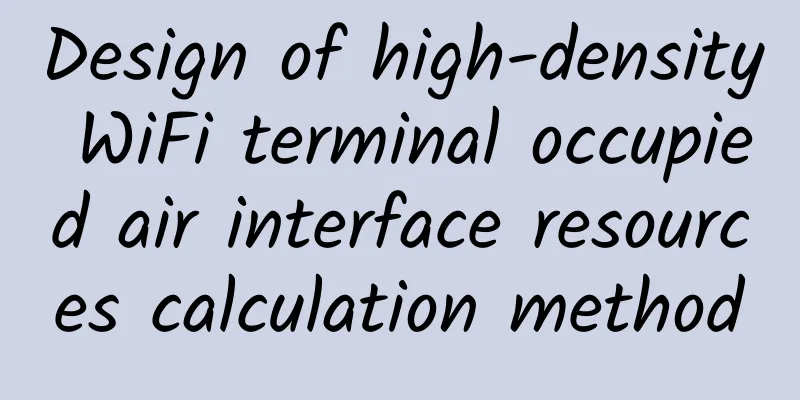
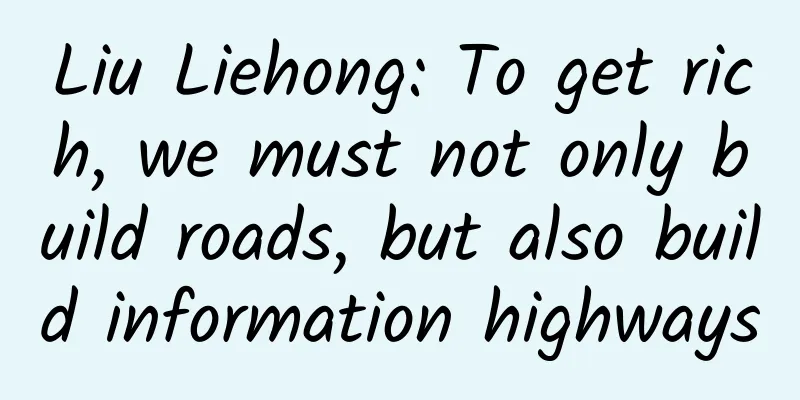

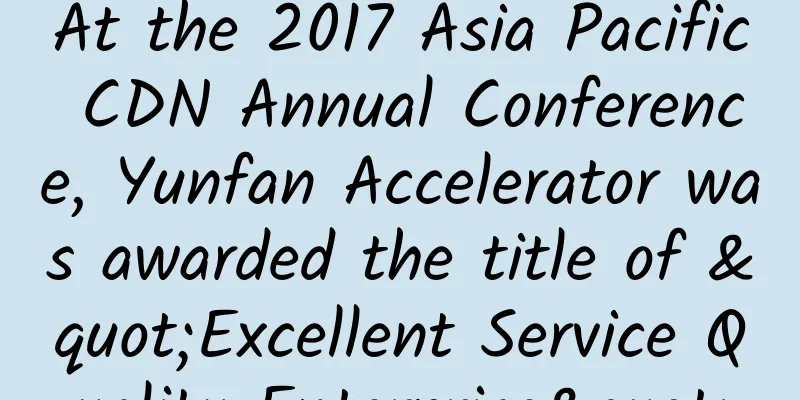
![[Black Friday] DesiVPS: $17/year-1GB/15G NVMe/1.5TB@10Gbps/San Jose Data Center](/upload/images/67cabcf294ba3.webp)
